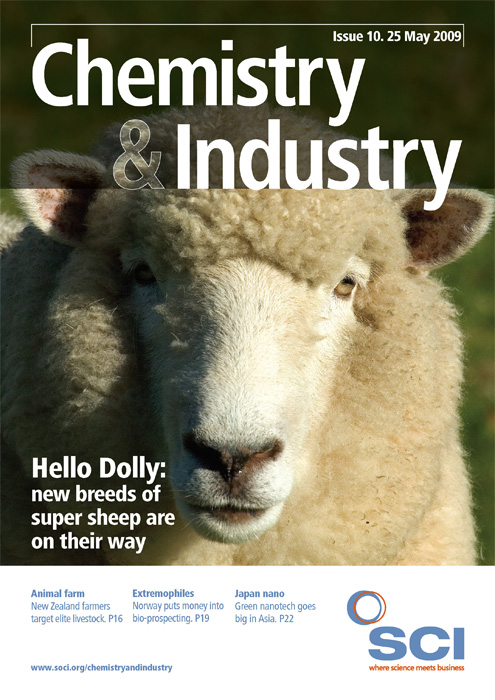The main vaccine manufacturers are still waiting for guidance from the World Health Organization (WHO) on whether to switch from making vaccine for seasonal flu to swine flu. In the event of a severe pandemic, however, current production capacity will not be sufficient and alternative technologies may have to be employed.
At present, swine flu, influenza A(H1N1), seems contagious but relatively mild, whereas seasonal flu kills hundreds of thousands of people worldwide each year. However, first analysis of the swine flu outbreak suggests that the virus is as dangerous as that of the 1957 pandemic that killed 2 million people (Science doi:10.1126/ science.1176062). The UK Health Protection Agency has produced the first genetic fingerprint and UK isolate of the virus for further analysis. But H1N1 could yet evolve into something more benign or far worse than it is now.
An immediate switch from seasonal to pandemic flu vaccine production is highly unlikely, according to Datamonitor. With the H1N1 seed strain for vaccine development only expected by early June, it is more likely that seasonal and pandemic vaccines will be produced sequentially for the northern hemisphere. The delay will leave the southern hemisphere, which is nearing winter, more vulnerable to a virulent strain.
In terms of global capacity, the WHO recently indicated that the equivalent of 450m doses of seasonal trivalent vaccine, or 1350m of a monovalent vaccine, might be produced in 6 months. But ‘new’ viruses tend to require a primer and booster, cutting those treatable to 675m. ‘It is desirable that a faster approach is available, particularly given a world population of 6.7bn and global spread,’ says Peter Dunhill a professor of biochemical engineering at UCL, UK.
A live attenuated virus vaccine could help. Most seasonal vaccine is based on killed virus and is needed in significant quantity to stimulate the immune system. But a live attenuated vaccine is quicker to produce and is needed in much smaller amounts because it multiplies in the nose, into which it is puffed. ‘Because of the lower dose, it should be possible to treat frontline workers perhaps 60 times faster once produced and then to cover subsequently 60 times more people from a given quantity of multiplied virus,’ says Dunnill.
A live attenuated seasonal vaccine is already produced by MedImmune (owned by AstraZeneca), which has a small pilot production facility on the same UK site as Novartis’ production facility for its killed seasonal flu vaccine. ‘A past attempt, in 2007, to encourage the Department of Health (DH) to accept that it would be sensible to encourage a high level commercial, then technical, dialogue between the two companies has been ignored,’ says Dunnill. ‘At present, the issue is not to manufacture but to prepare the capacity to do so if needed. The cost of doing this is tiny. Failure to do so will mean immutably that, if a pandemic is severe, there will not be enough vaccine at the speed needed.’
In a severe pandemic, resorting to some of the new approaches in development may be needed to overcome vaccine supply issues, say Datamonitor analysts. The risk of having nothing may be greater than something that has not undergone all testing, points out Hedwig Kresse, a senior infectious diseases analyst.
Kresse says there is a possibility of accelerated FDA approval. In 2007, the FDA issued guidance for pandemic vaccines, which would still have to undergo some trials and be strictly monitored. Europe is in a more advanced position, says Kresse, having already approved some adjuvants, which substantially reduce the quantity of antigen needed, and some methods of manufacturing vaccines in cells, which could speed up development times.
Meanwhile, several governments have struck pre-pandemic arrangements with vaccine manufacturers. The UK, for example, has ordered up to 90m doses of pre-pandemic vaccine from GSK and Baxter, enough to protect the most vulnerable without affecting the seasonal flu vaccine supply, according to the DH. GSK’s candidate is adjuvanted and will be made once virus seed is released by the WHO. The US Centers for Disease Control and Prevention have provided samples of the virus strain to Baxter, which is working on a vaccine using its cell culture.





